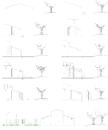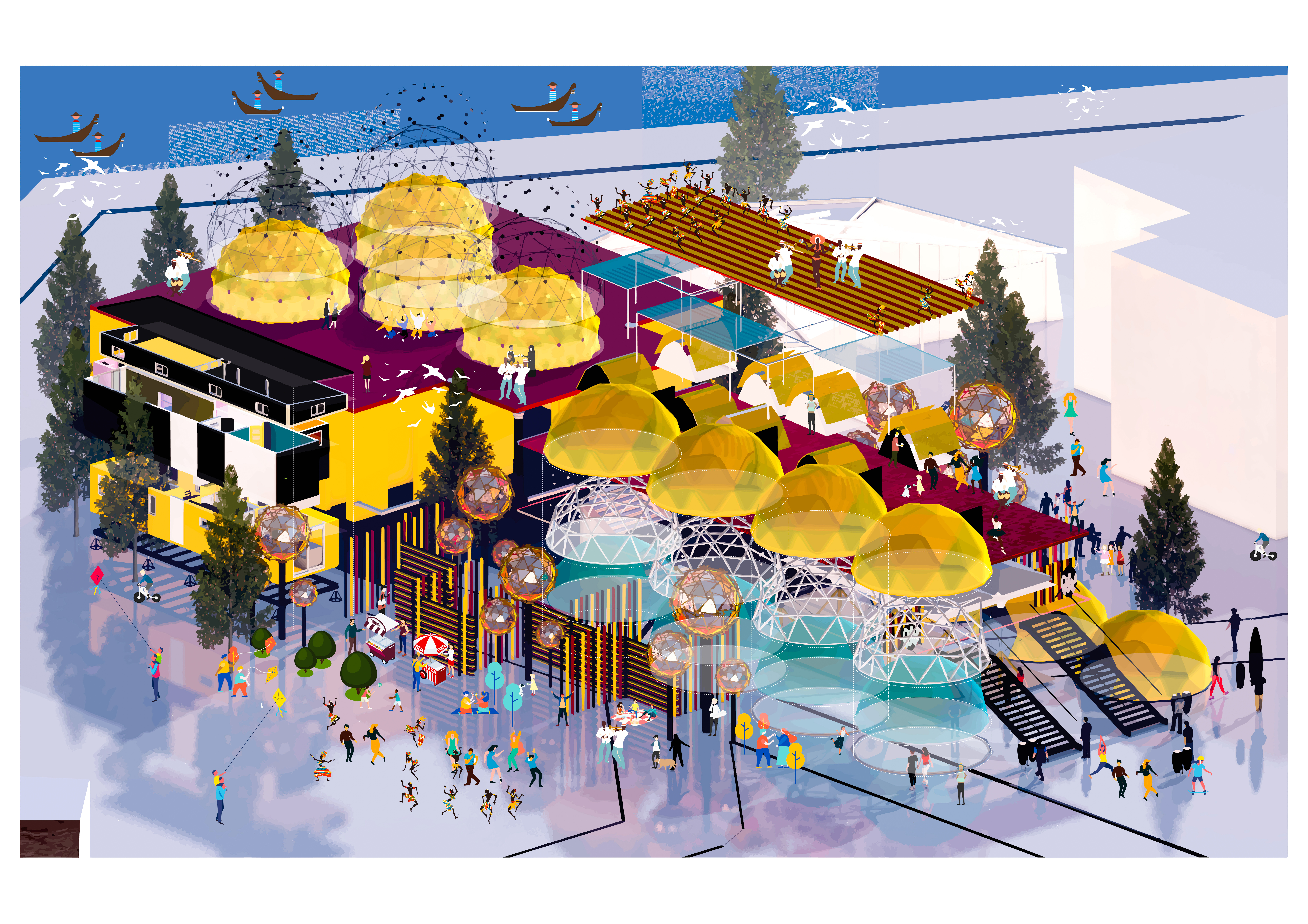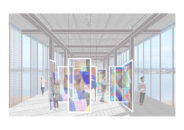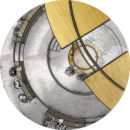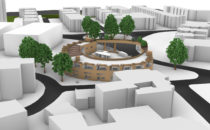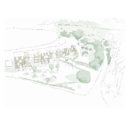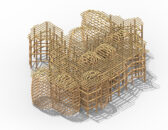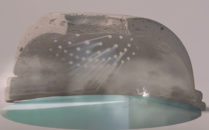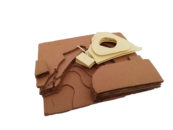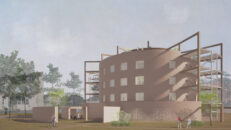Wallisdown
Dorset
GB
N 50° 44' 28.11'', E 50° 44' 28.11''
http://aub.ac.uk/
M.Arch Course Leader
Masters: English
Research programmes
The Arts University Bournemouth, established in 1885 as a specialist institution, is now a leading University offering high quality specialist education in art, design, media and performance across the creative industries.
We are a campus for the creative industries. We’re special because we’re specialist. AUB is one of only a few higher education institutions in the UK devoted solely to the study of art, design and media. They’re run by passionate leaders. And they’re designed to give our students the edge in a competitive creative world and have a high employability record.
The University is a compact institution with over 3,000 students based on one campus. We are a creative community where both staff and students share a commitment to the disciplines of art, design, media and performance.
Faculty are active in teaching, research, and knowledge exchange, with good links to local communities and professional practice.
The University is situated between Bournemouth and Poole in Dorset on the South Coast of England. Dorset is a county of outstanding natural beauty, providing a unique location for creative work. It boasts miles of sandy beaches, the rolling Purbeck Hills, Poole Harbour and opportunity for a wealth of water sports.
144 students (120 Bachelor, 24 Master, 0 PhD), 10% of foreign students.
6 staff members (4 full-time and approx. 2 visiting lecturers and critics).
2
CAD - Lab
CNC-machining
Conference auditorium
laser cutter
Modelling room
Two main types of accommodation to consider – halls of residence, and private rented accommodation. For further information contact studentadvice@aucb.ac.uk or telephone: 00441202 363242 /363031
BA (Hons) degrees
http://aub.ac.uk/plan-visit-apply/apply-now/entry-requirements/undergraduate-courses/
Post-Graduate Degrees
http://aub.ac.uk/plan-visit-apply/apply-now/entry-requirements/postgraduate-courses/
http://aub.ac.uk/plan-visit-apply/fees/
Undergraaduate programme (UCAS application) January before entry
The Course is prescribed by the Architects Registration Board (ARB) and is validated as Part I by The Royal Institute of British Architects (RIBA).
Masters, Master of Architecture (ARB/RIBA Part 2), 2 years, Masters, English, 120,
The Course is prescribed by the Architects Registration Board (ARB) and is validated as Part II by The Royal Institute of British Architects (RIBA)
Research programmes, MPhil/ PhD, 3 years, Research,
Postgraduate research students registered for MPhil / PhD .
More details see: aub.ac.uk
Our creative courses provide a rich seam of collaboration for all our students. The campus is a highly specialist environment that reflects life in the creative industries. Our teaching style is individually focused with a low student to tutor ratio. And we actively encourage your input to help us shape our community and courses. Architectural education has a long history at Bournemouth (originally Bournemouth College of Art) and after a break of thirty years was re-commenced in 2007. Our AUB Honorary Fellows include Prof Sir Peter Cook RA (Bournemouth 1955-58), Lord Norman Foster RA and Mike Davies CBE (RSHP).
BA(Hons)Architecture (ARB/RIBA Part 1)
Year 1 introduces key concepts and methods.
You’ll make physical models and explore forms of representation and manipulation of architectural form by graphic, photographic and digital methods. Small scale individual and group studio projects will allow you to explore methods of realisation. You’ll learn the conventions of architectural drawing as a means of communication, and methods of construction.You’ll broaden your understanding of historical and contemporary precedents in architectural design.
In Year 2 you’ll explore the issues of building in the local urban context through architectural intervention projects.
You’ll research, measure, analyse, and create a representation of a local site.You’ll propose innovative and thoughtful interventions to house public, convivial activities associated with the economic and physical opportunities of the area.Theory and history will inform the understanding of the unique cultural context of the region. The special technical issues of building with existing buildings and their role in a sustainable city will be considered.
Year 3 begins with experimentation and speculation about architectural ideas. Then you will explore the role of the architect through a single architectural challenge.
You’ll focus on contemporary issues of architecture, responding to the social context of architectural practice. You’ll explore architectural design as one of the ways in which our built environment is conceived and perceived.You’ll look at the role of the architect alongside the motivations of clients, development, construction, planning, legal regulation and wider social, economic and cultural values. You’ll demonstrate skills in both drawings and digital media (including CAD). You’ll produce a portfolio of work to prepare you for employment or post-graduate study (including ARB part 2).
Master of Architecture (ARB/RIBA Part 2)
AUB is a world-leading specialist arts university focusing on making and collaboration across the arts. Architecture at AUB and Bournemouth has a long and eclectic tradition. The Master of Architecture (ARB/RIBA Part2) students develop their position through collaboration and making, across the Three Ecologies: Mental, Social and Environmental. Through the first three units in the first year (Body, Landscape, Research) a position and question is refined to apply through the second year ‘Thesis Design’ project. Students are free to choose and develop their own site and brief from the remarkable local context (rural, coastal and urban) or via international questions and contexts.
The Masters students examine their work using the body a series of contextual sites, to establish their Thesis Design research question. Their proposition is tested and procured through representational techniques, practice, management and technology to produce the range of projects. AUB and architecture has an eclectic and expressive student body, it is stimulated with a stunning array of visiting architects artists and critics from across the local and international practices and landscape, recently including Mary Arnold Forster, Peter Cook, Matt Howland, Catrina Stewart and Dido Milne, with links to local and international practice and research with ZHA, Grimshaw, and Fosters as well as the RNLI and National Trust.
The approach to the discipline in this course understands architecture to be nothing less than complex. Architecture is enacted in multiple ways, asking its practitioners – be they professionals, students or tutors – to do many things: design, research, make, debate, innovate, construct, think, question, reiterate, ingest, perform, prepare, test, validate, appraise, negotiate, explain, experiment, produce. One way to negotiate the complexity of what the architect does is to think of these actions as forming part of what we might call a meshwork, which is knotted or tangled in places where designs, acts, ideas, constructions, tactics, strategies and spaces materialise. At the MArch level, students must be able to perform these actions critically and at a high level in order to construct complex ‘knots’ of buildings, spaces, and speculations. They must be able to engage with, analyse, deploy and evaluate, through these actions, complex social, cultural, material, and technological contexts, processes, and techniques, in order to produce design proposals and spatial transformation.
Architectural practice – and the study of it – understandably spends much of its time on what we might call the projective, i.e., design proposals of possibilities for some time in the future. It differs from many other creative disciplines in that the architect doesn’t normally produce the ‘end’ product, e.g., the building, but rather scaled drawings and models (digital and analogue) of that which is to-be-built. The constructed space is then made through the coordination of many different participants in the building process. Through multifaceted projective projects, we further develop our knowledge and experience of how the architect ‘practices the profession’ as designer and coordinator.
This course also understands architecture to be fundamentally about the transformation of space in all its complexity, and that, like the student of fashion who makes the garment or the student of fine art who makes the painting, architecture students should also engage in performative practices which change space in the present. This course’s distinctive focus on practices that transform space in ‘real time and place’, making explicit embodied and improvisational practices, broadens the architect’s range of activities, and empowers students through their own ability to actually make a difference. Ideas and critical theories of architecture both inform, and emerge from, these forms of practices.
The course, then, is distinctive because it is an integral part of a community of practitioners in a specialist art, design, media and performance institution with possibilities to interact with other disciplines and their methods of production. And it is distinctive because it offers students the ability to engage with projects with not only speculative design proposals as products, but also with actual in-the-world spatial changes as outcomes.
Students also need to develop a critical understanding of how the business of architecture functions. They need to learn how to work both tactically and strategically with potentially short-lived economic or cultural conditions, evolving work practices appropriate to the specific task or project, while allowing for longer-term trends. The course will not mimic professional practice (though ‘real client’ projects can have tremendous learning value), but engender a culture of practice, insisting on responsible professional attitudes. Through both the unit that covers Management/Practice/Law as well as through more discursive design engagement, students will encounter and develop alternative models of practice.
The Master of Architecture (ARB/RIBA Part2) students develop their position through collaboration and making, across the Three Ecologies: Mental, Social and Environmental. Through the first three units in the first year (Body, Landscape, Research) a position and question is refined to apply through the second year ‘Thesis Design’ project. Students are free to choose and develop their own site and brief from the remarkable local context (rural, coastal and urban) or via international questions and contexts.
The Masters students examine their work using the body a series of contextual sites, to establish their Thesis Design research question. Their proposition is tested and procured through representational techniques, practice, management and technology to produce the range of projects. AUB and architecture has an eclectic and expressive student body, it is stimulated with a stunning array of visiting architects artists and critics from across the local and international practices and landscape, recently including Mary Arnold Forster, Peter Cook, Matt Howland, Catrina Stewart and Dido Milne, with links to local and international practice and research with ZHA, Grimshaw, and Fosters as well as the RNLI and National Trust.
Please enquiry to AUB directly if you are interested in a research degree.
aub.ac.uk
Please enquiry to AUB directly if you are interested in a research with us.
Current research can be found on our website:
aub.ac.uk






